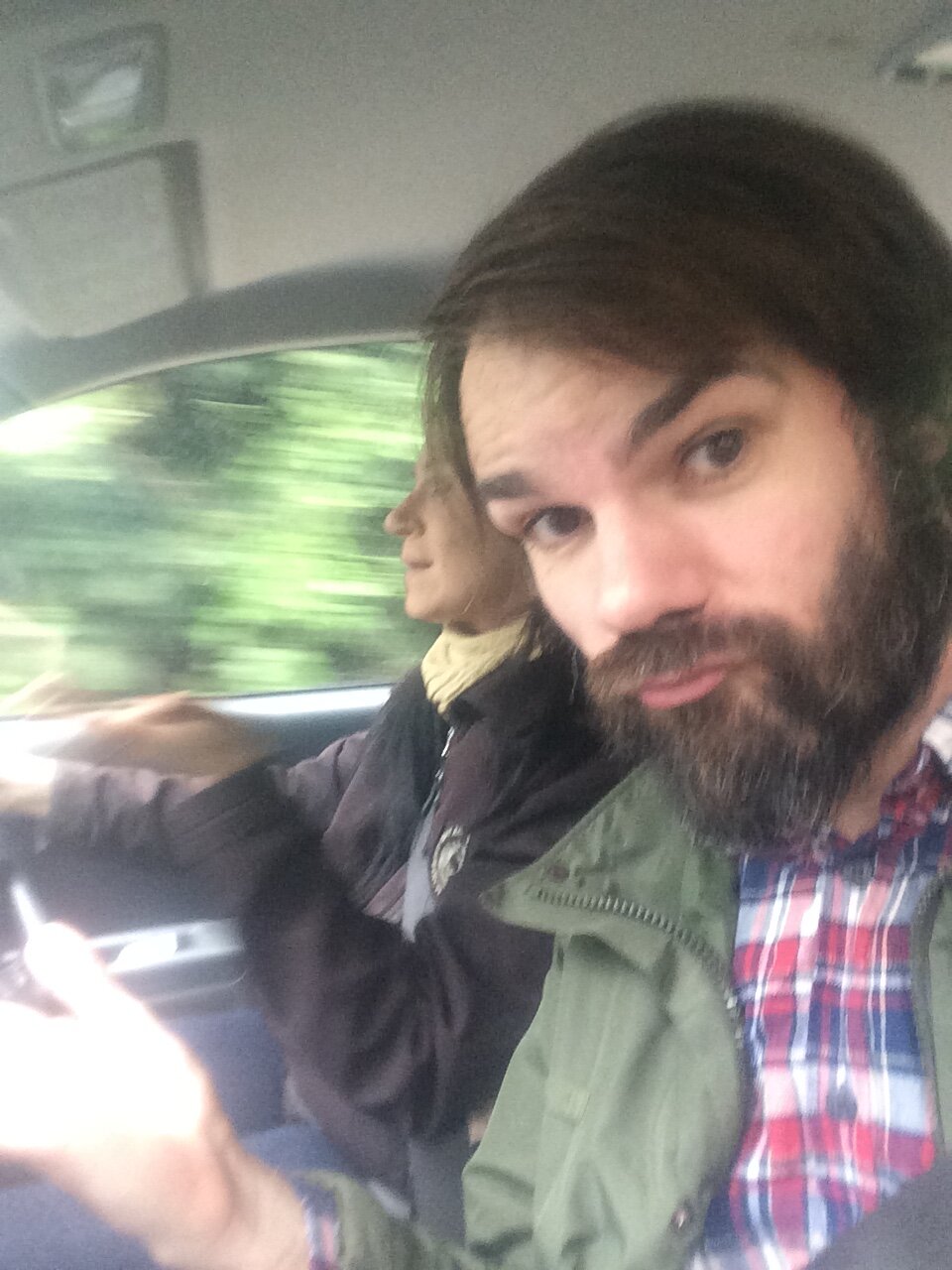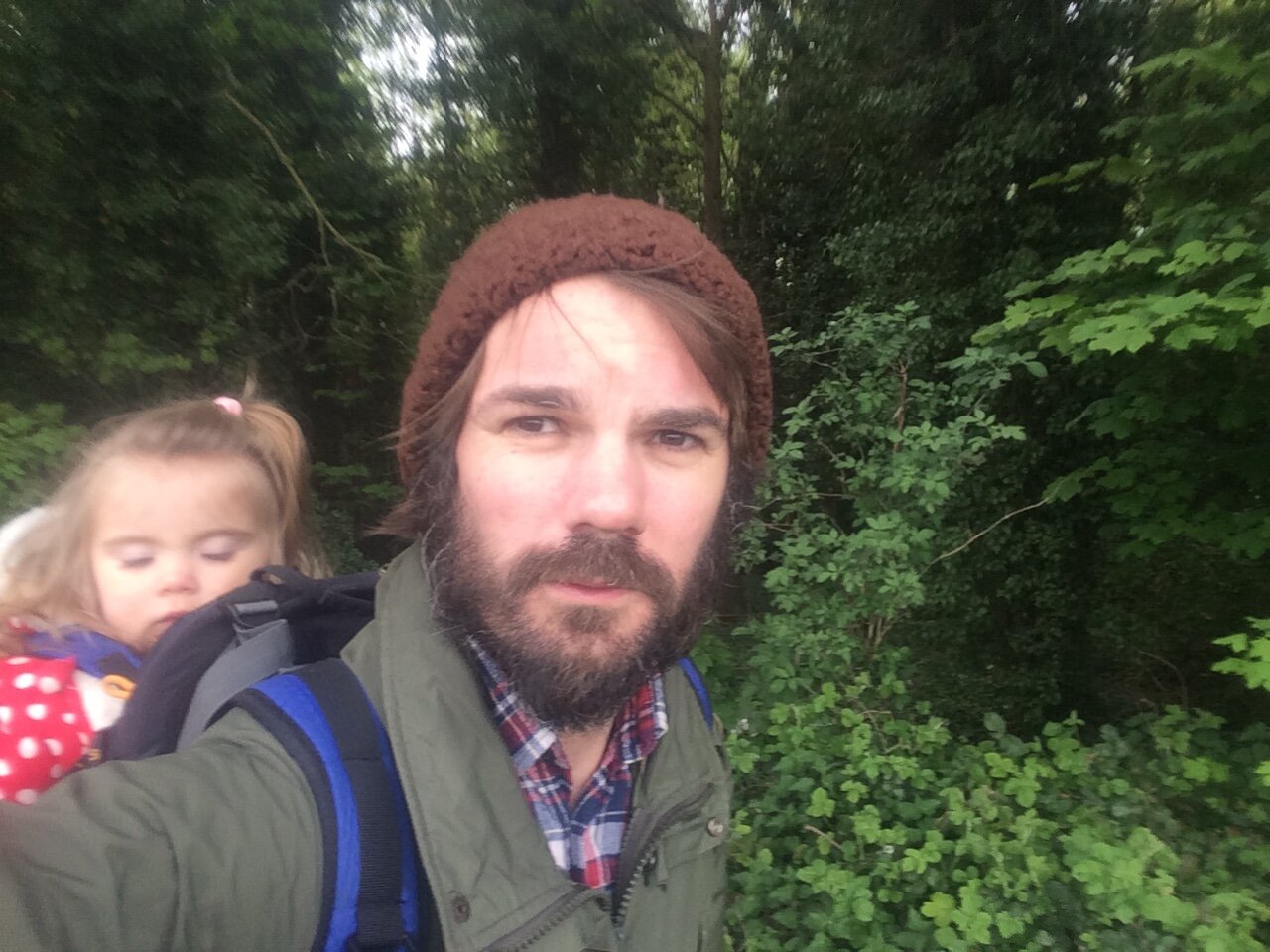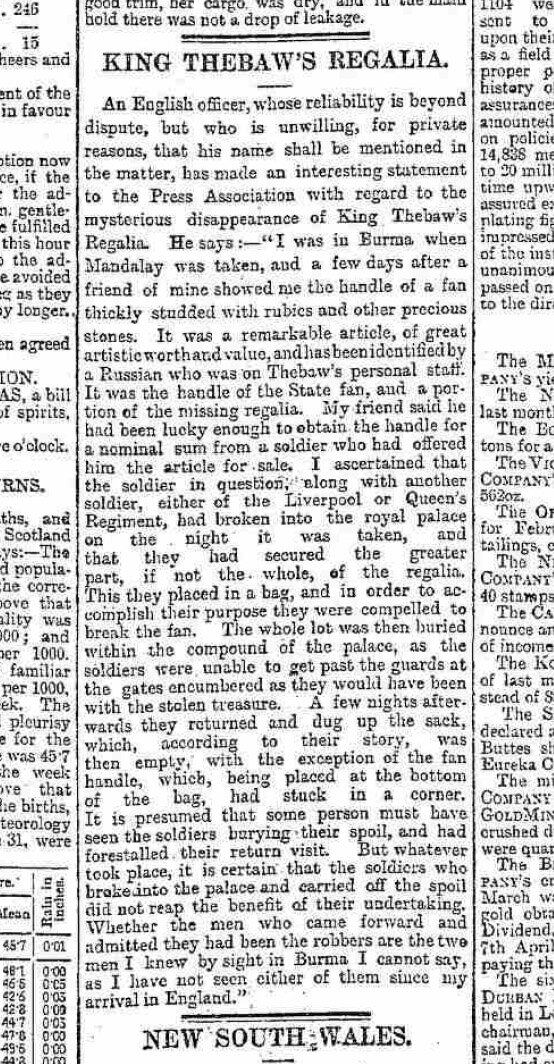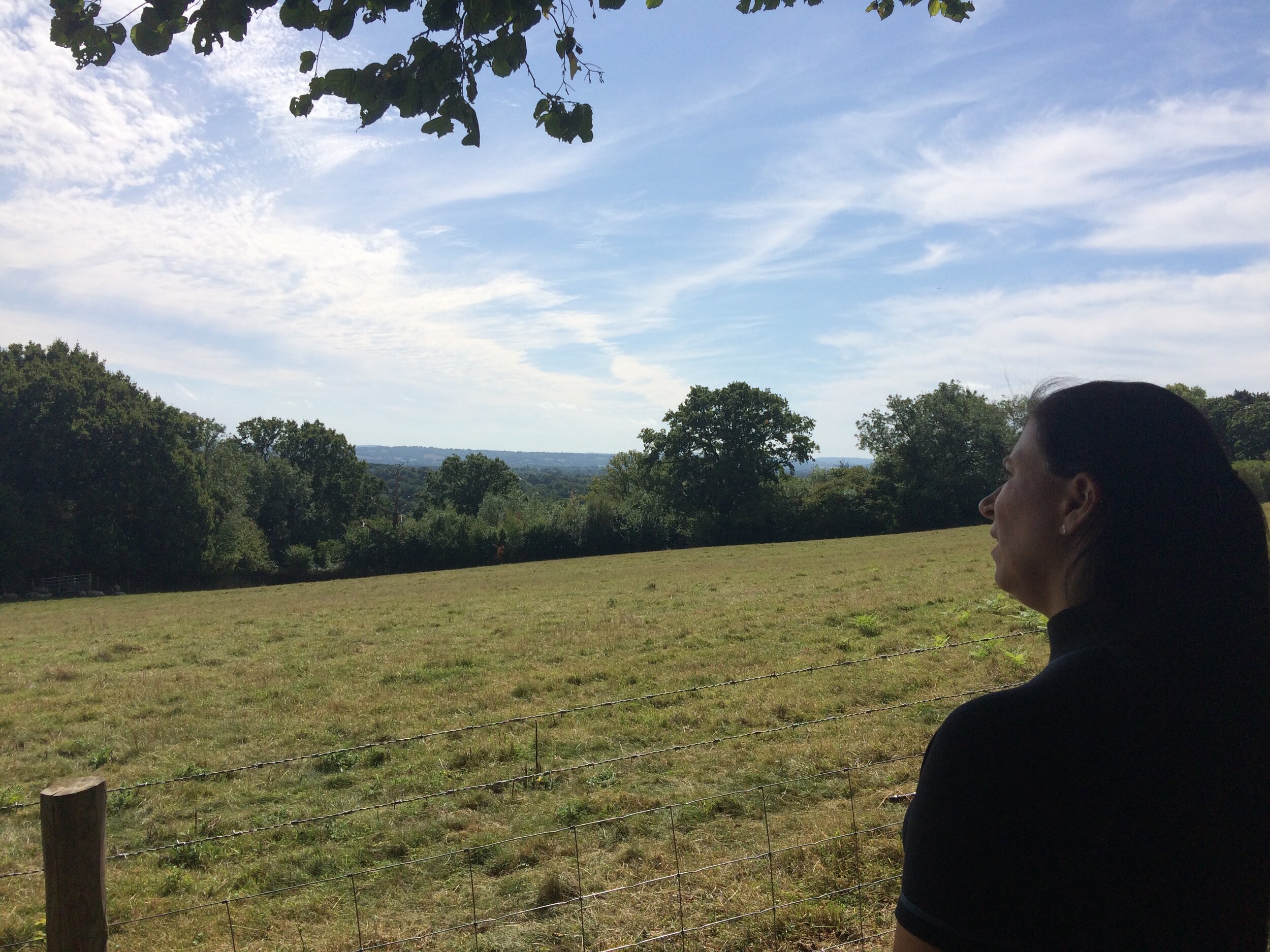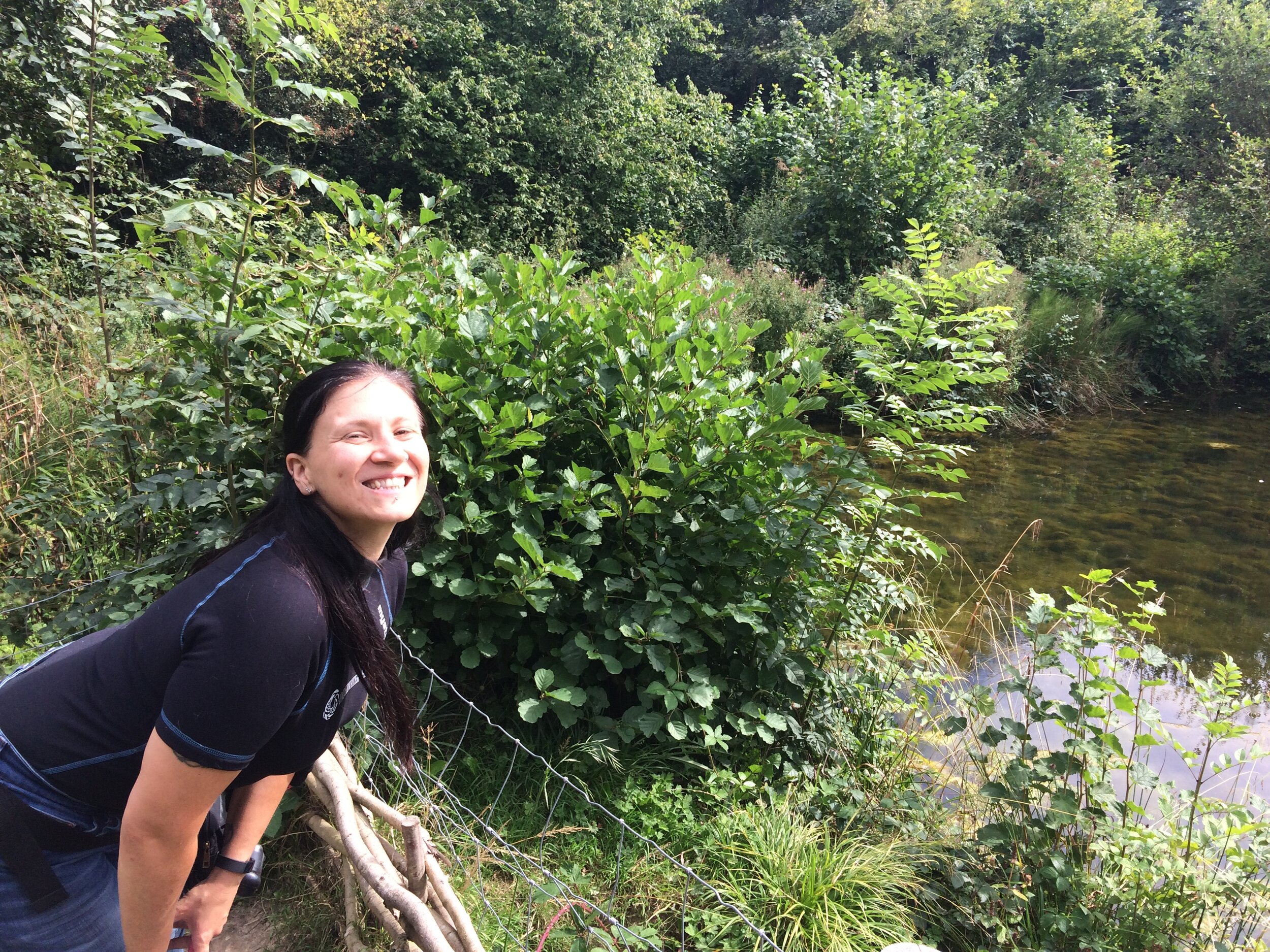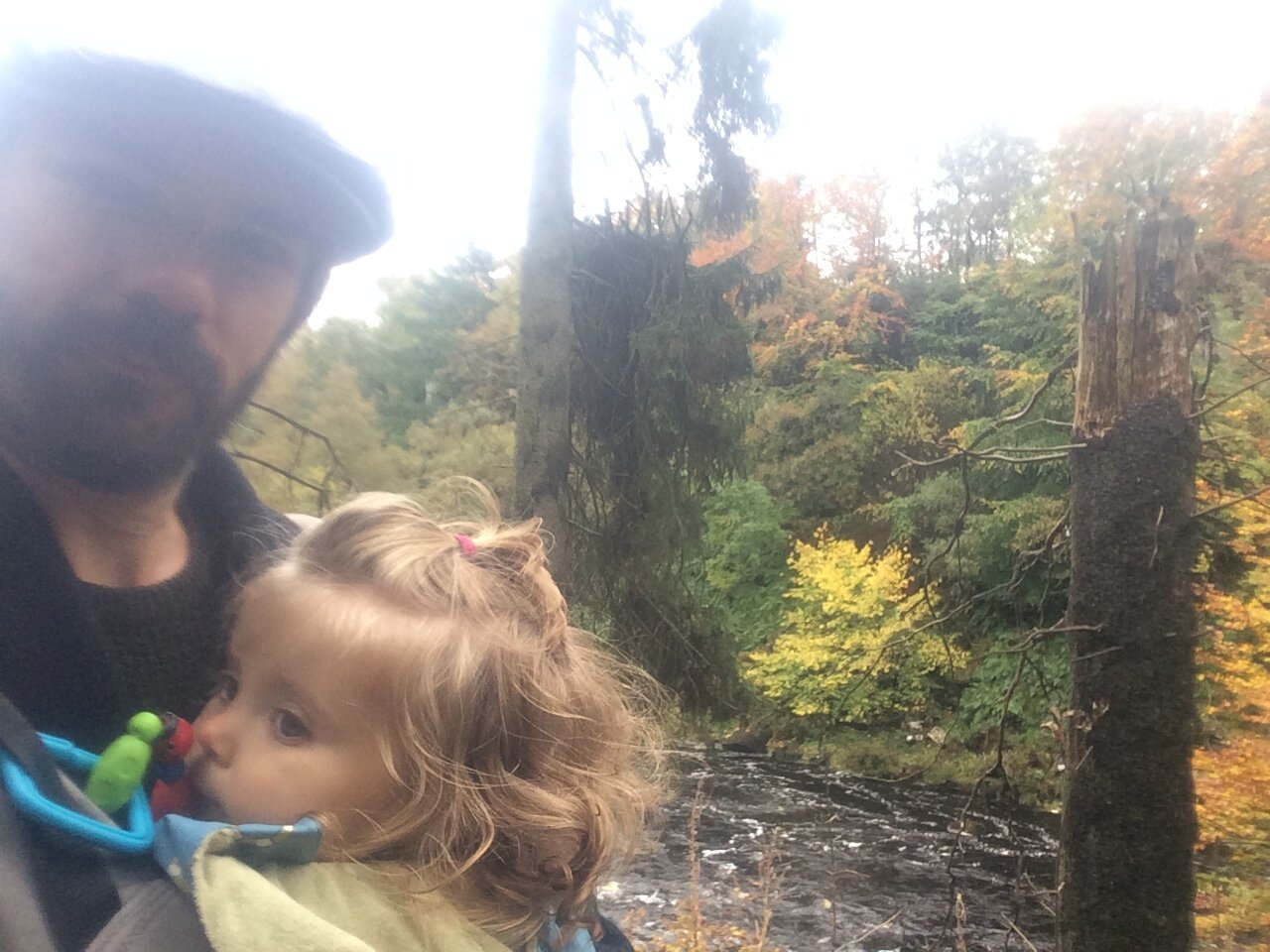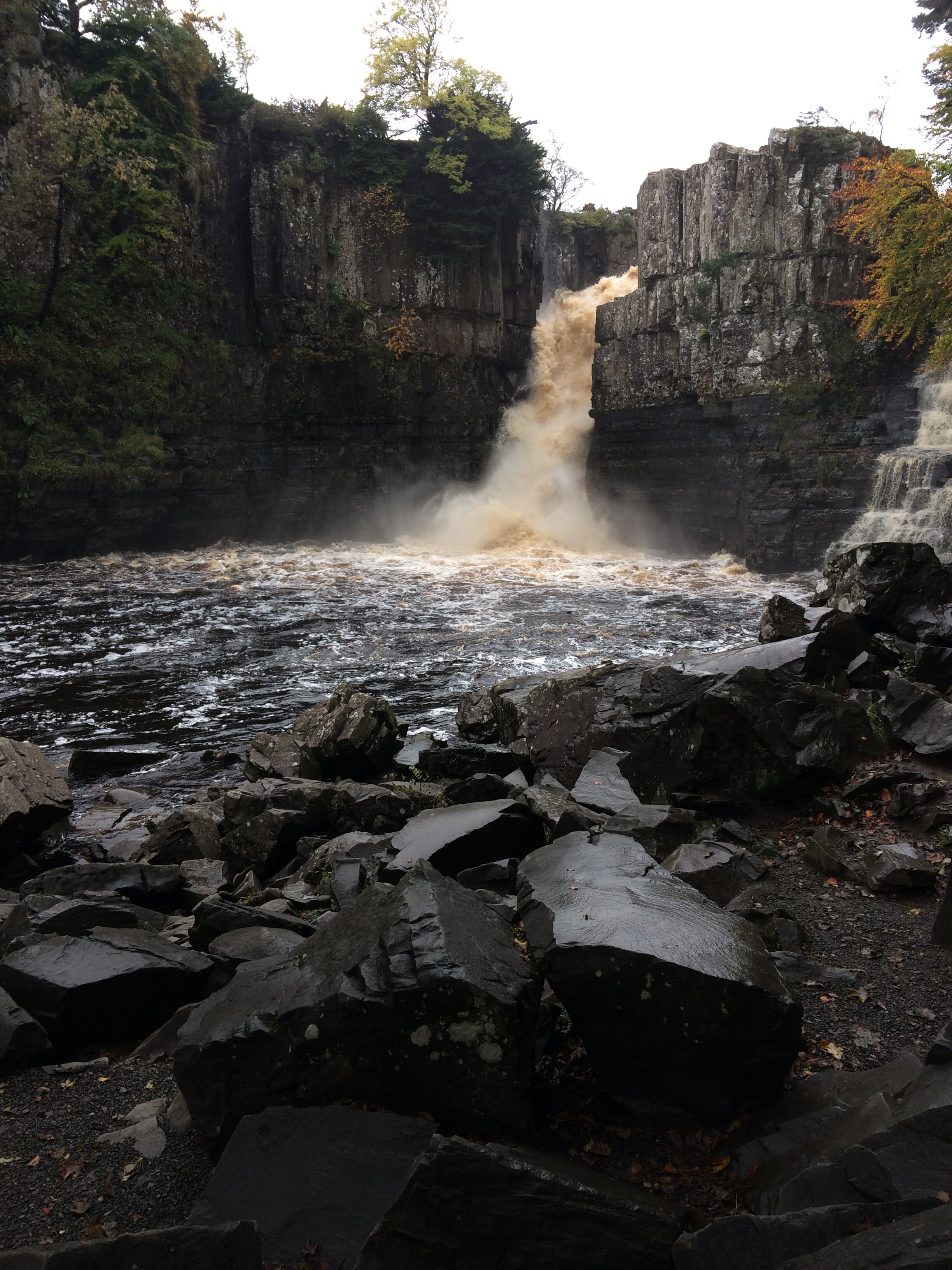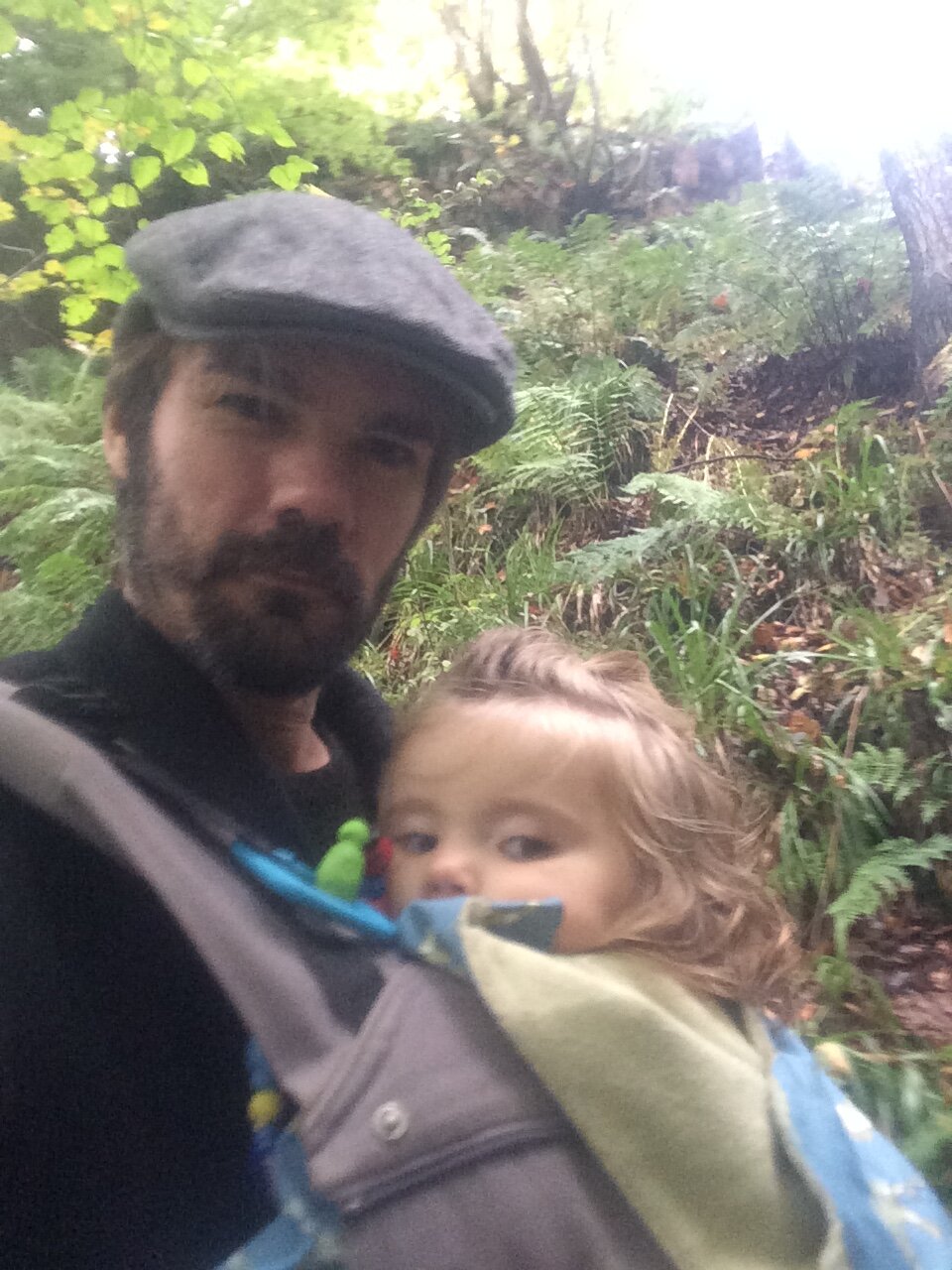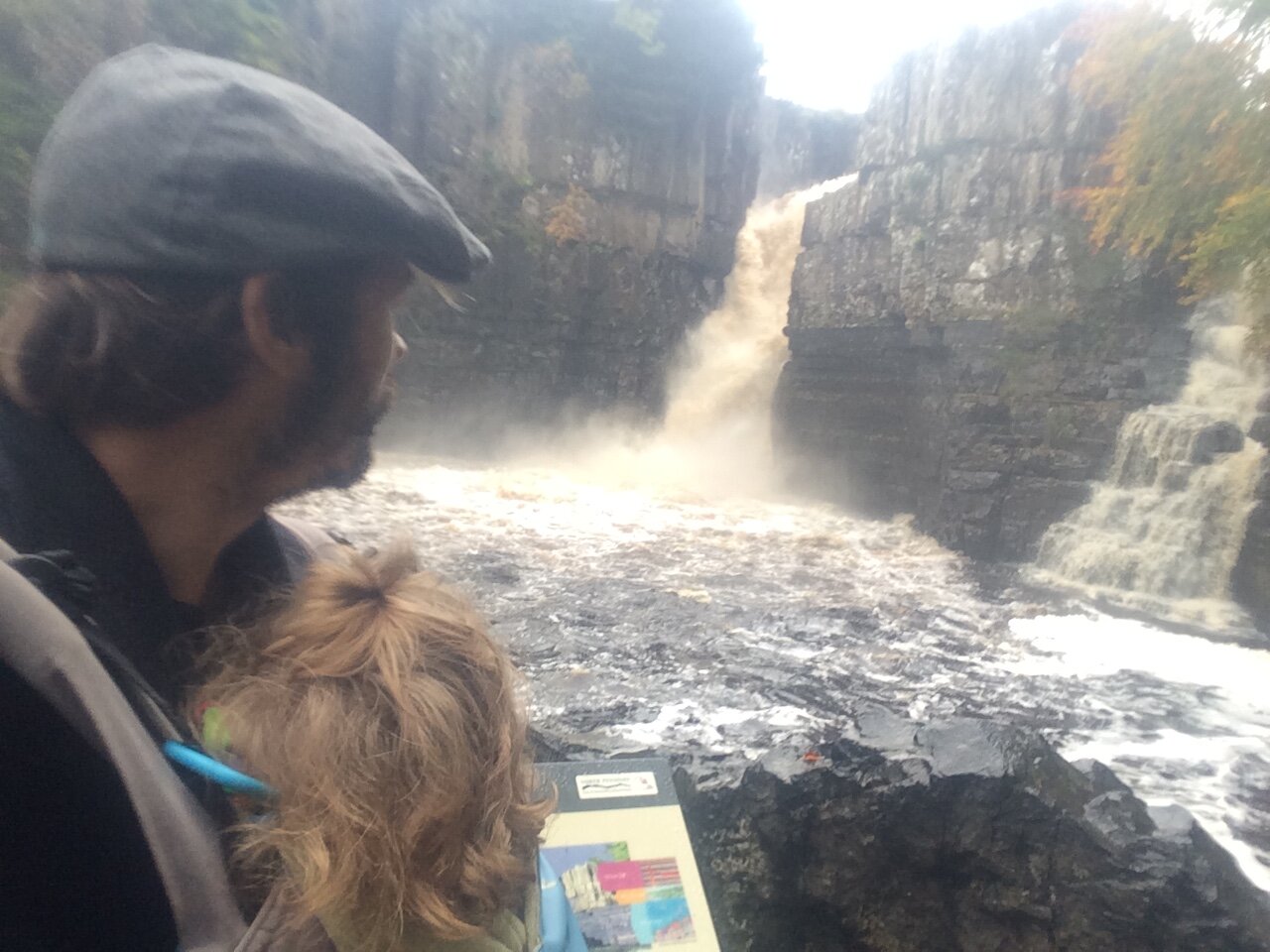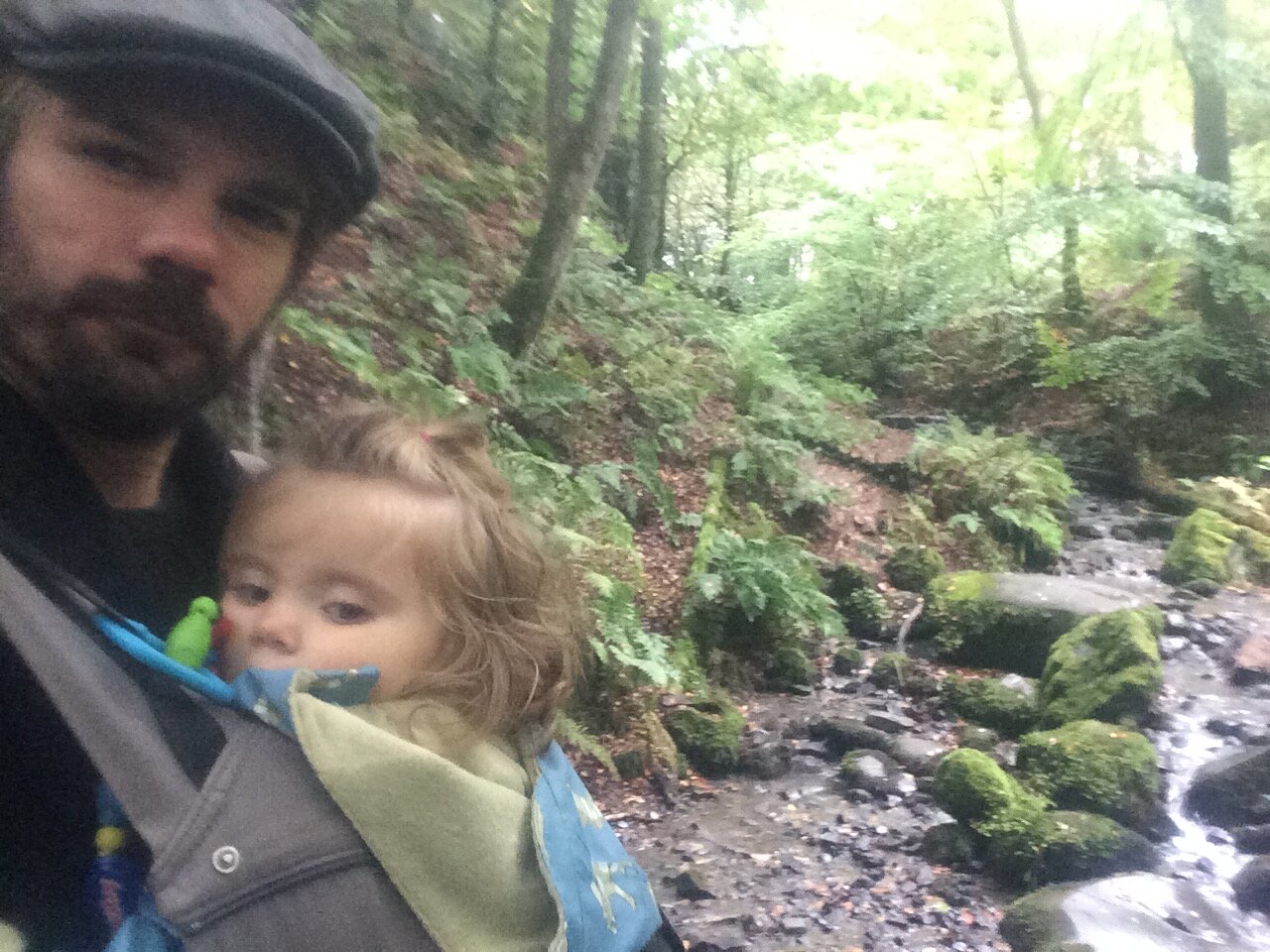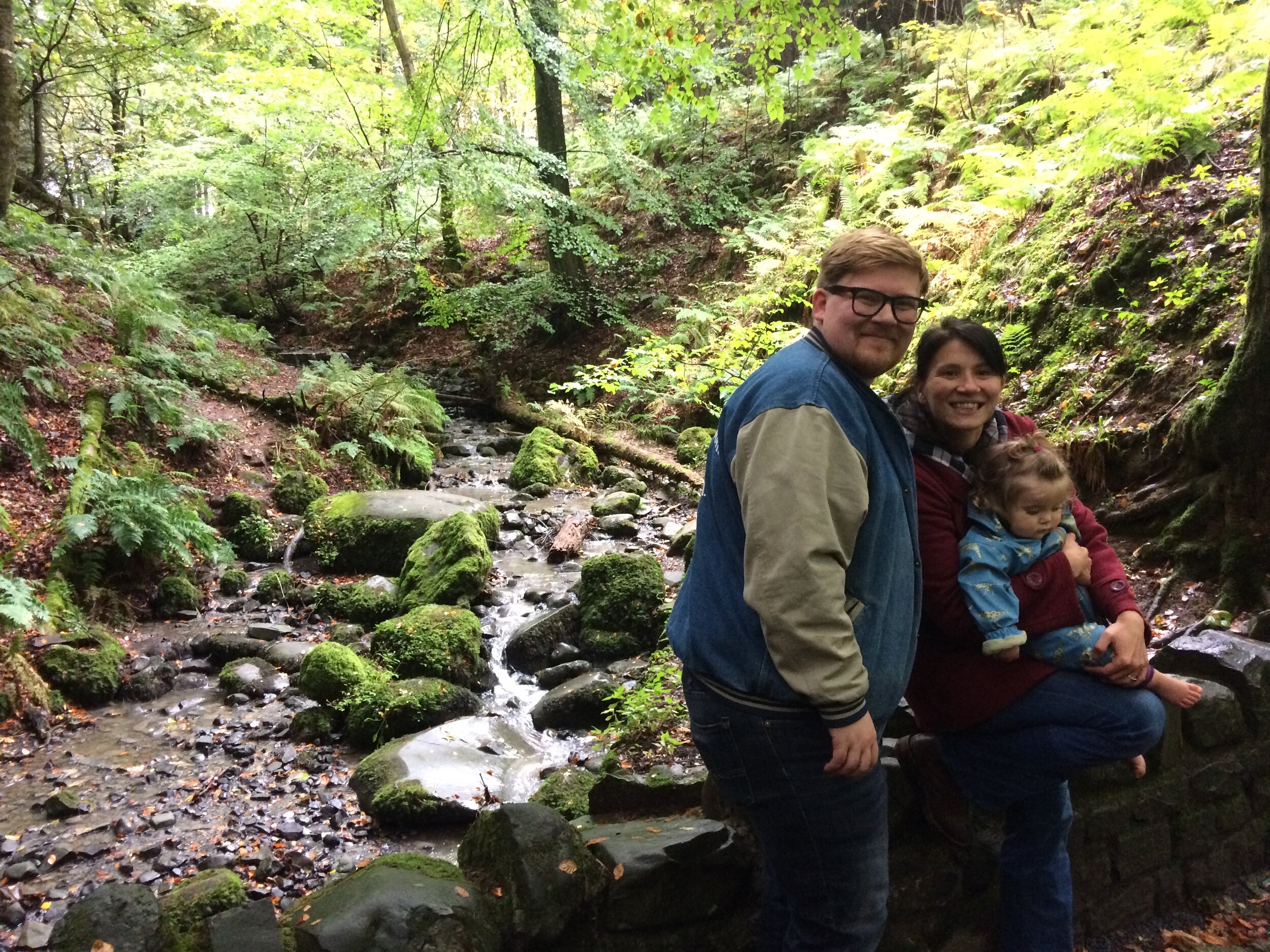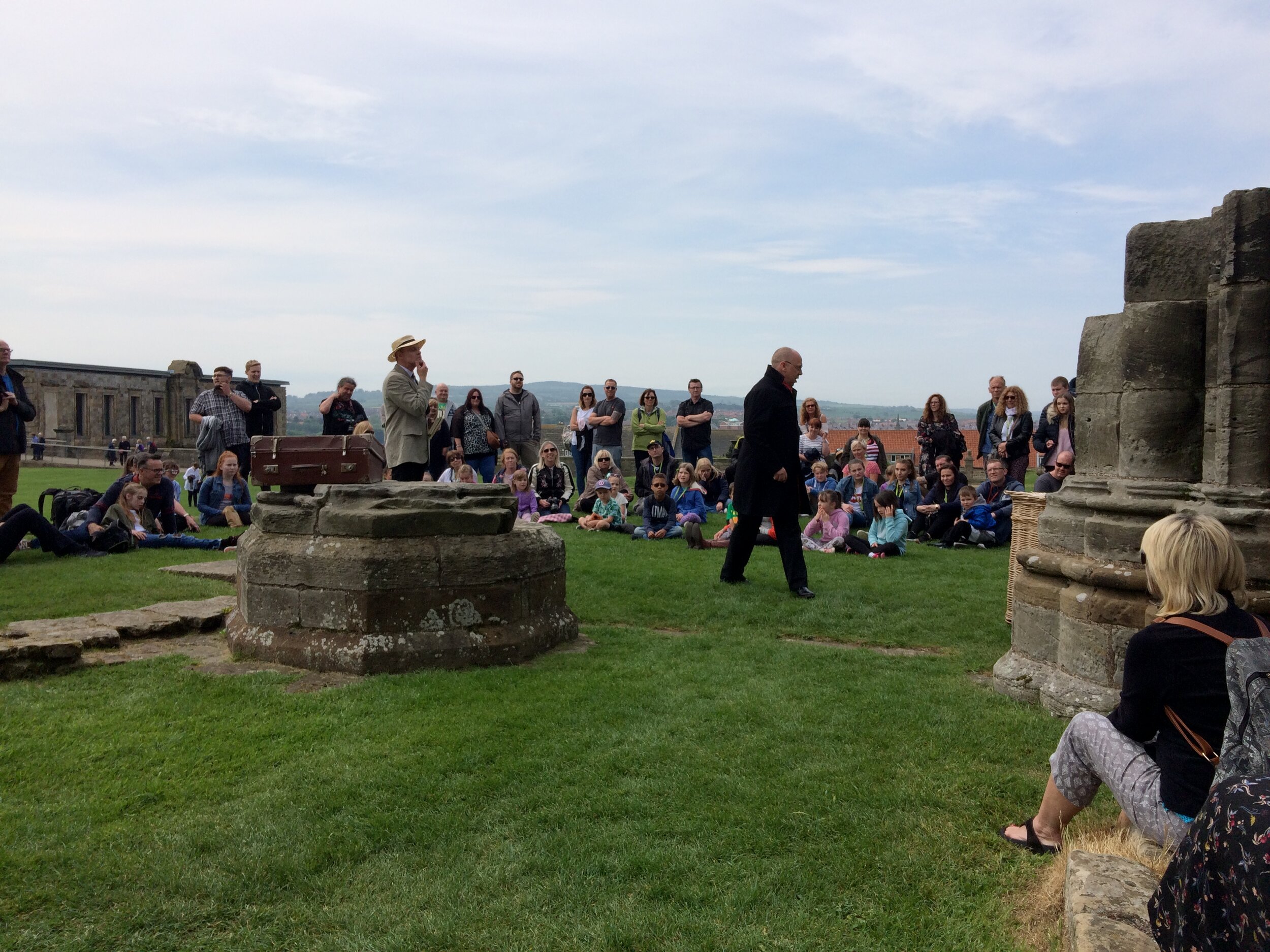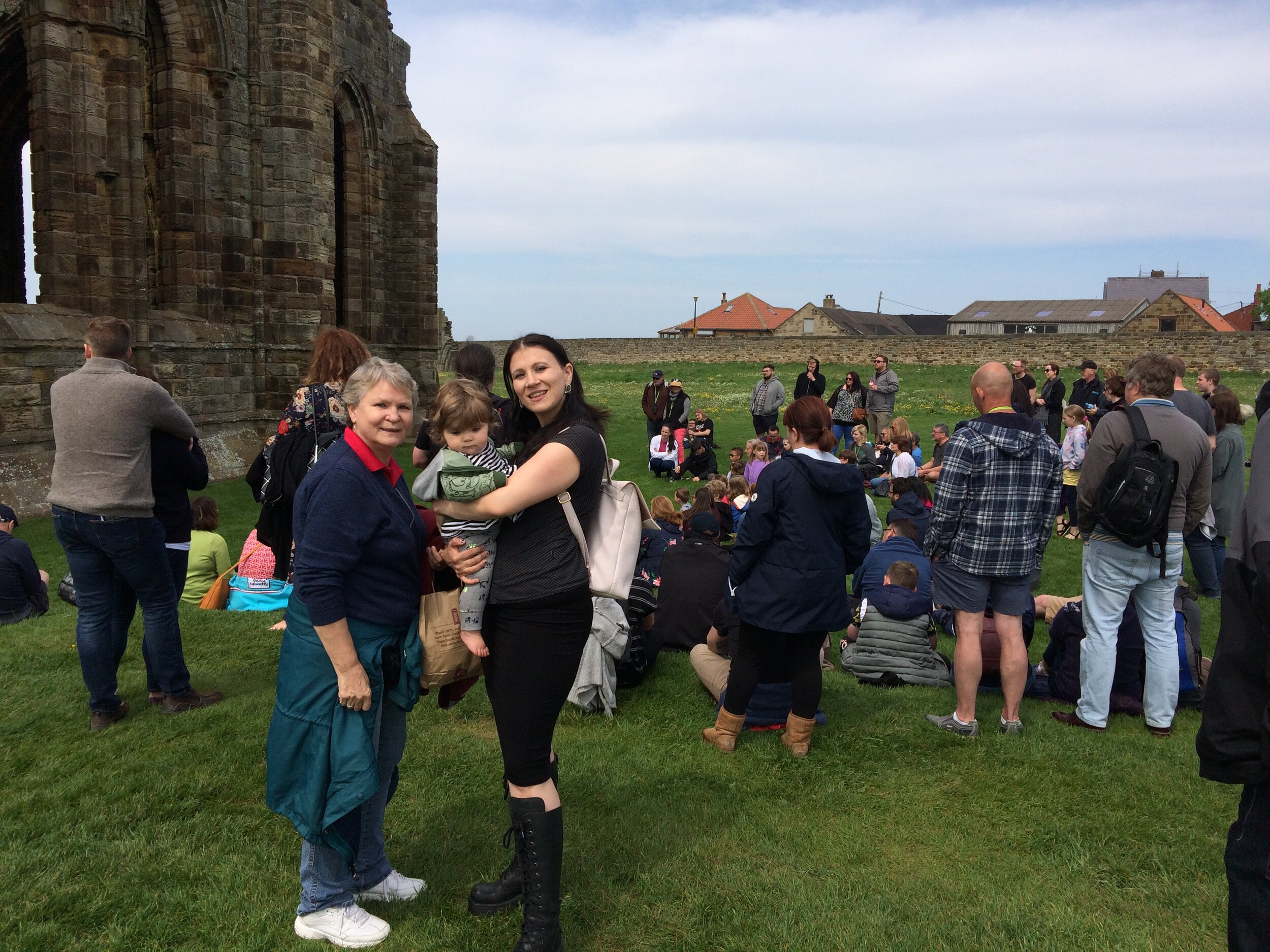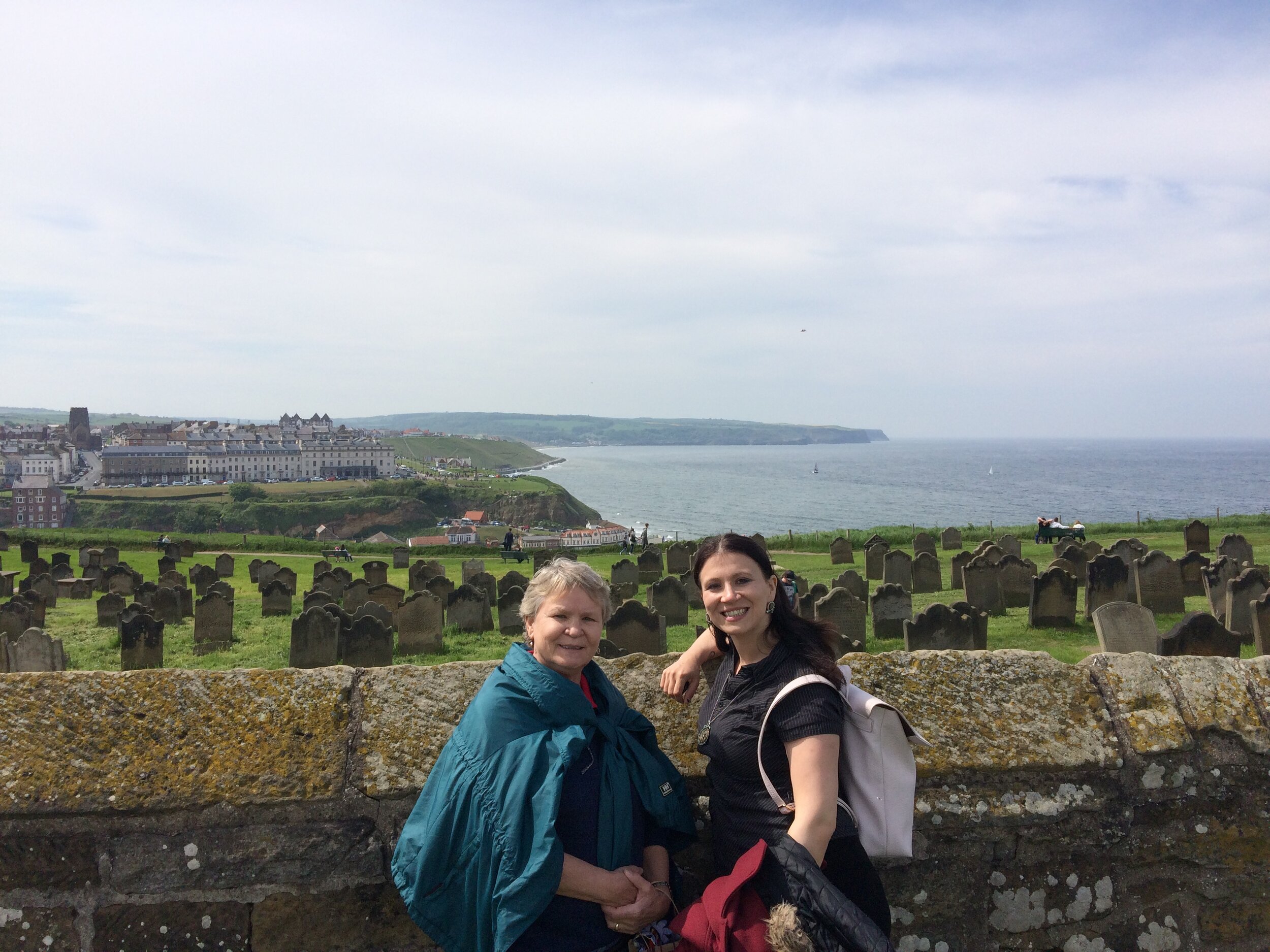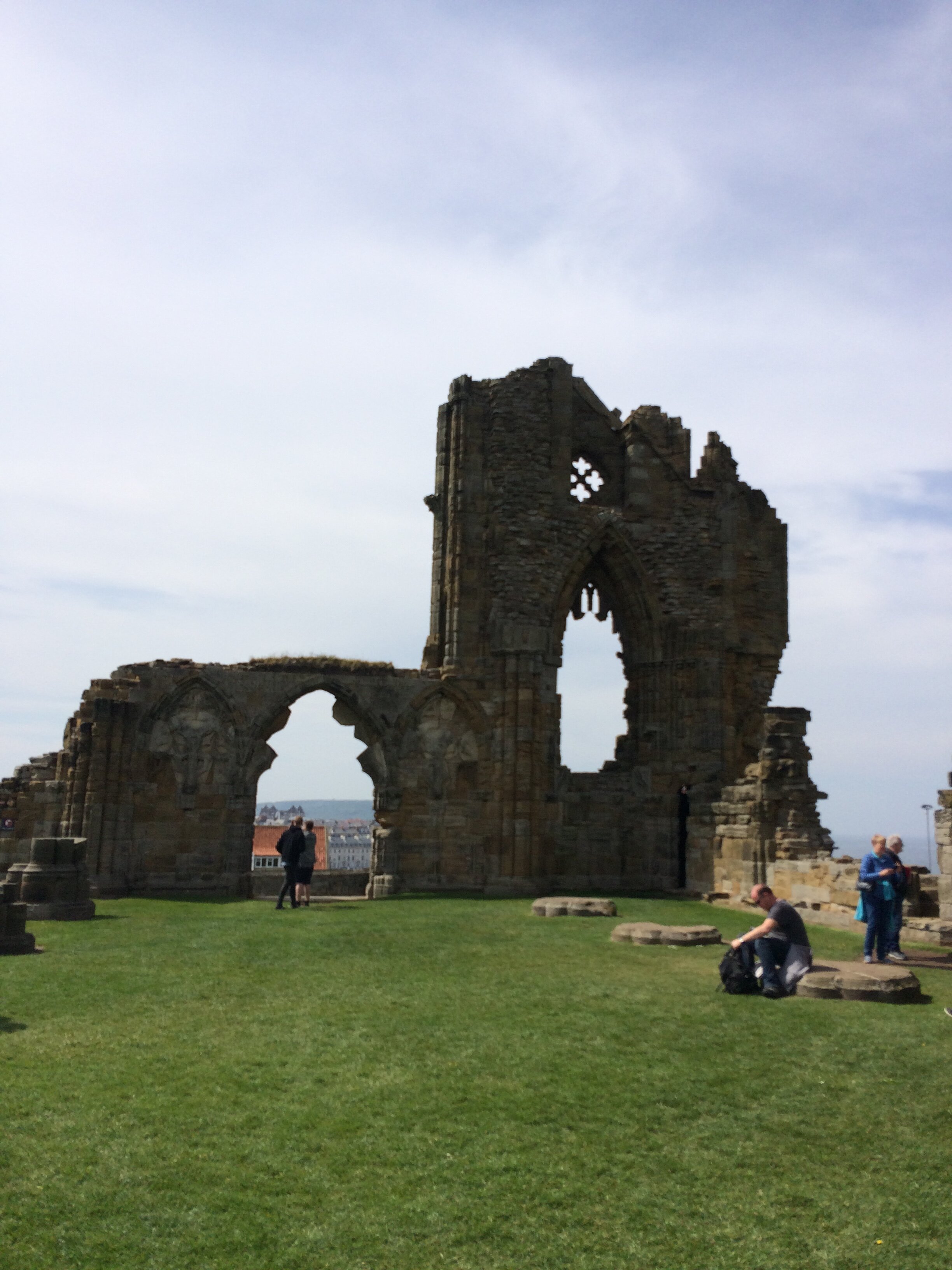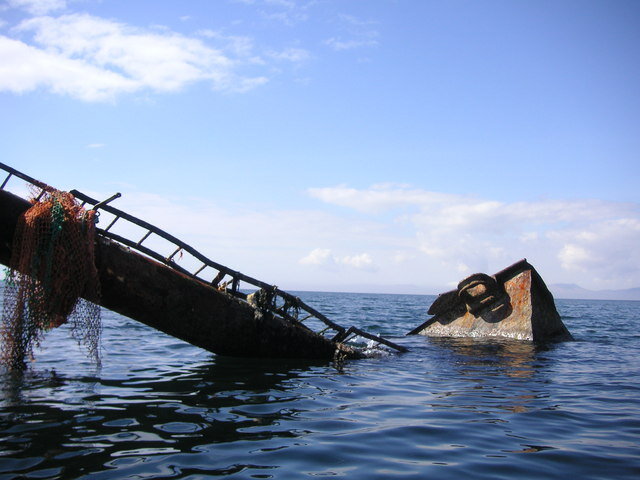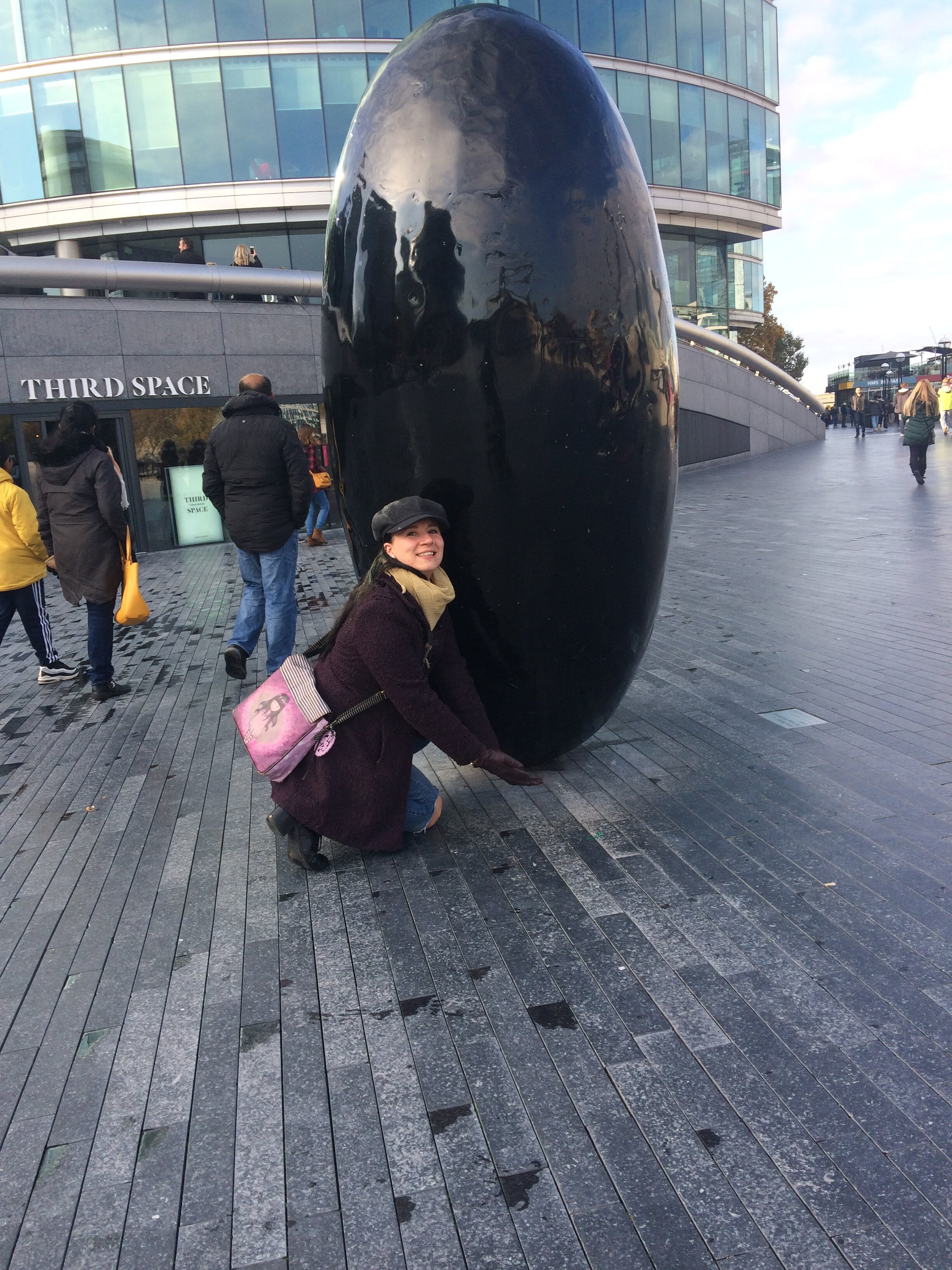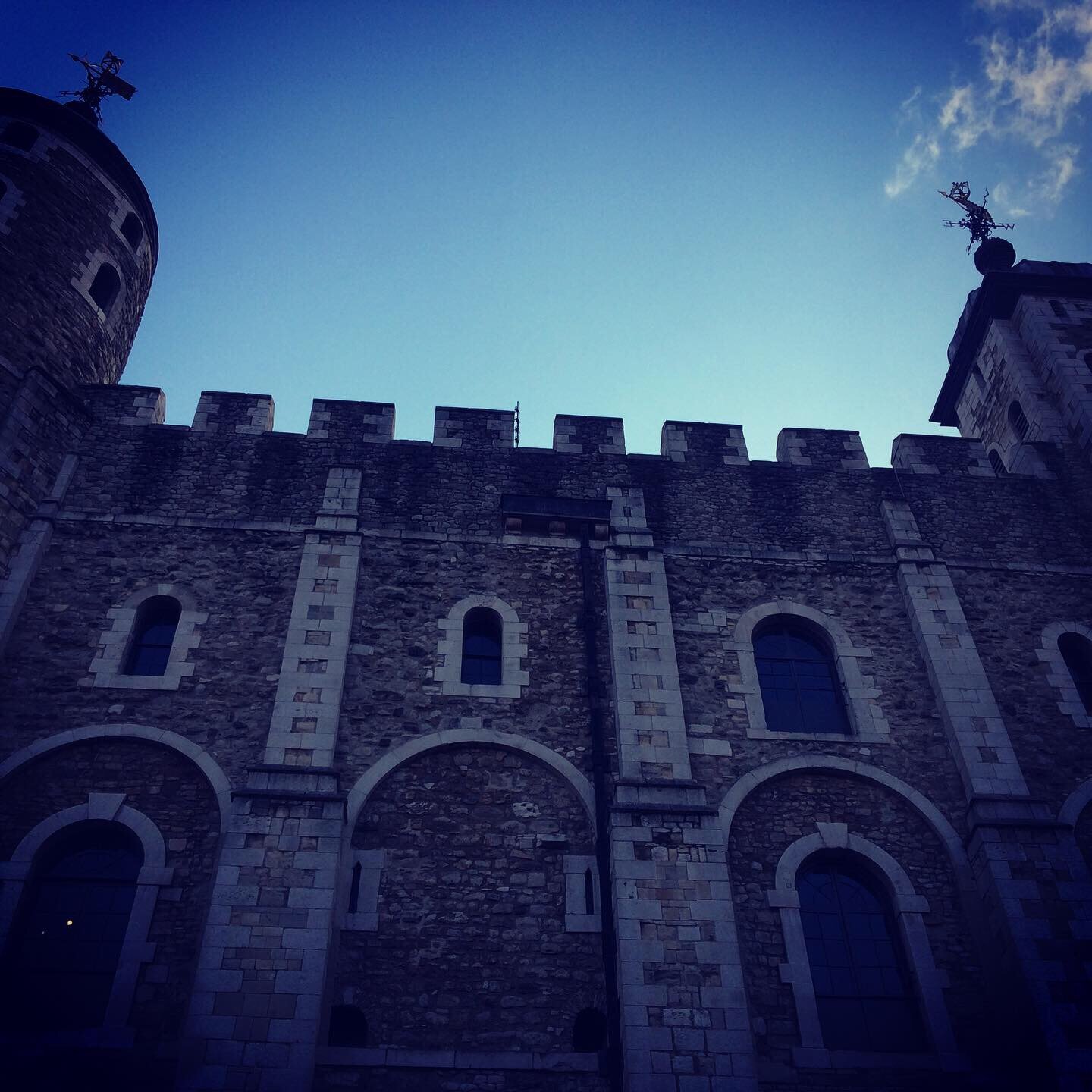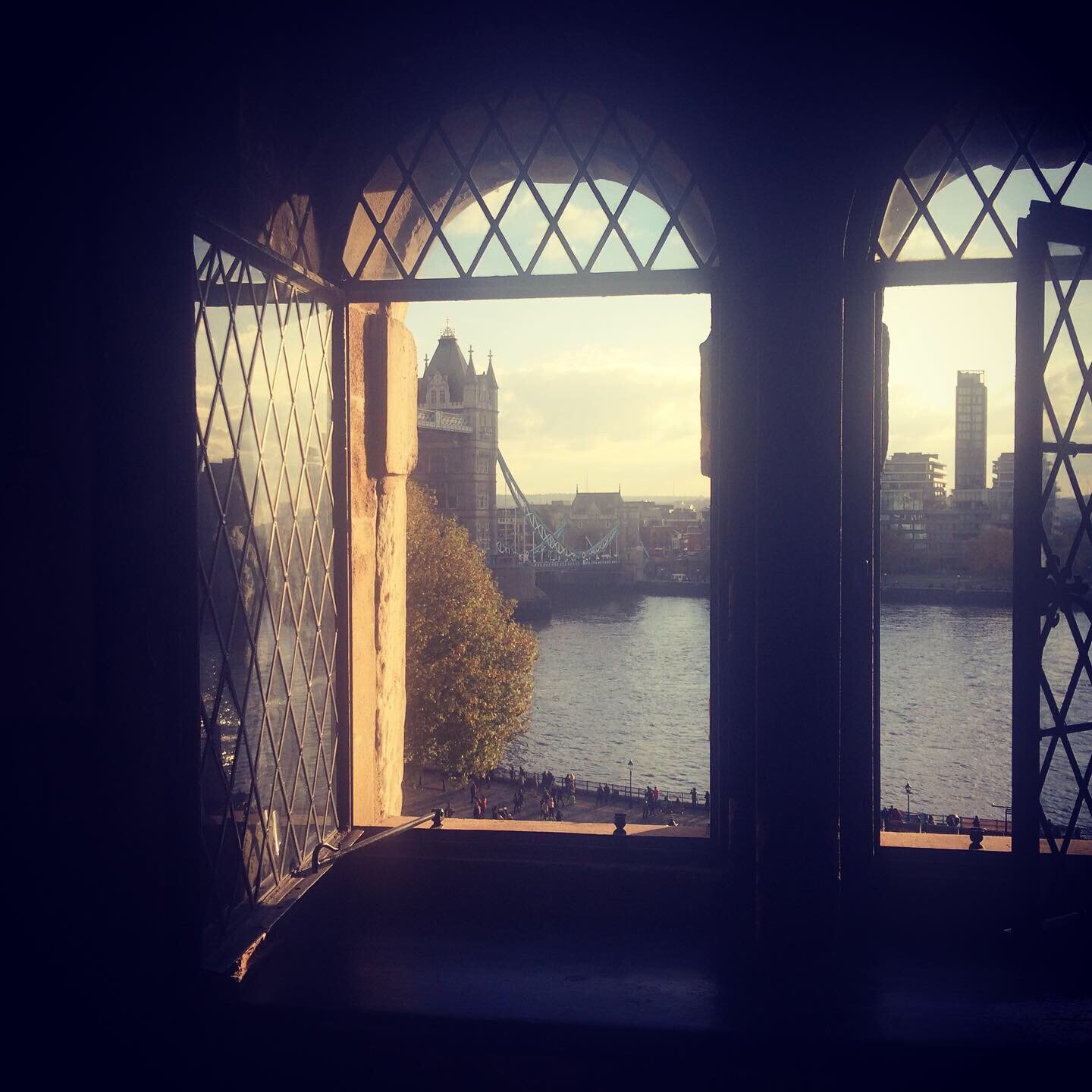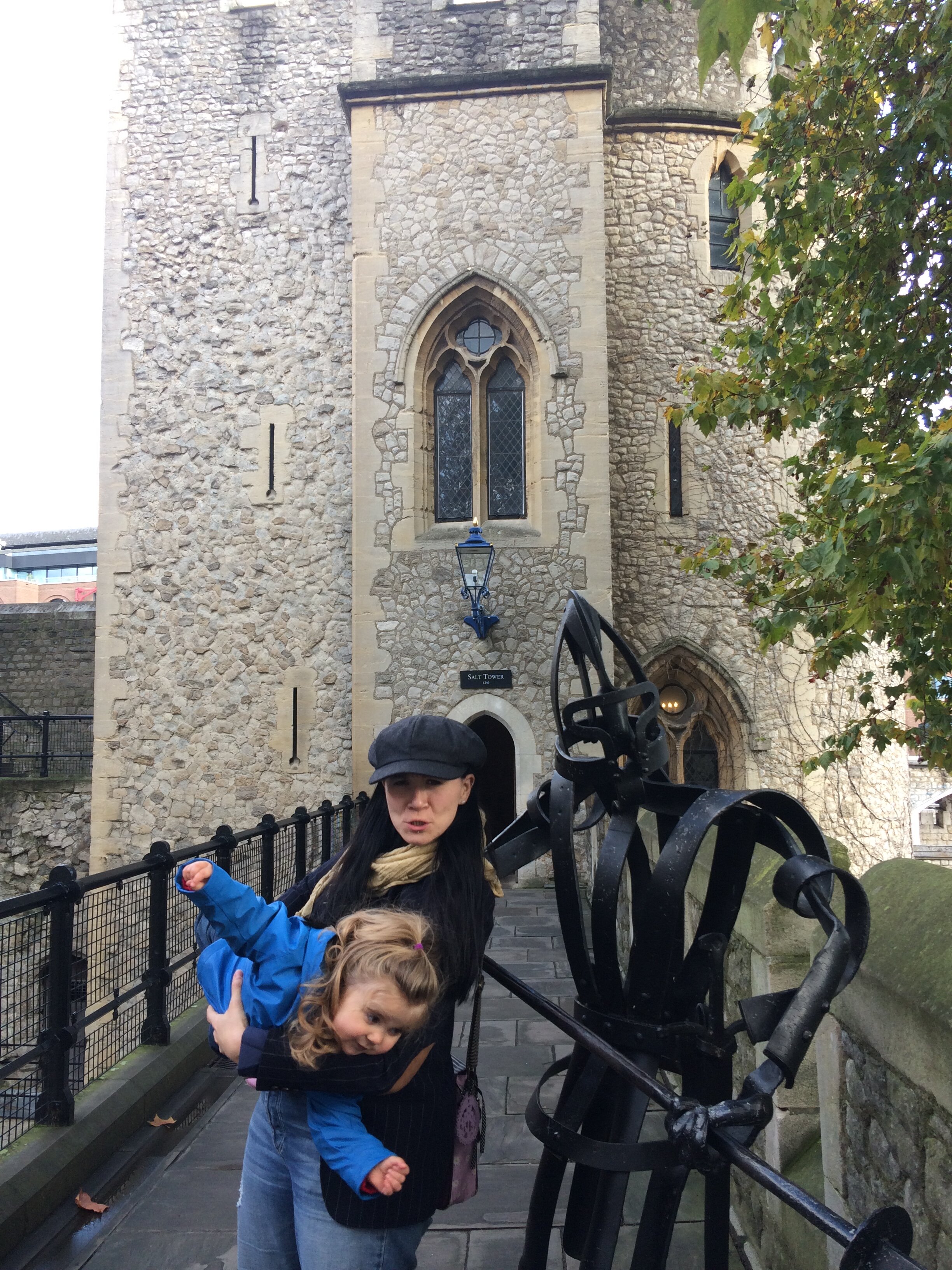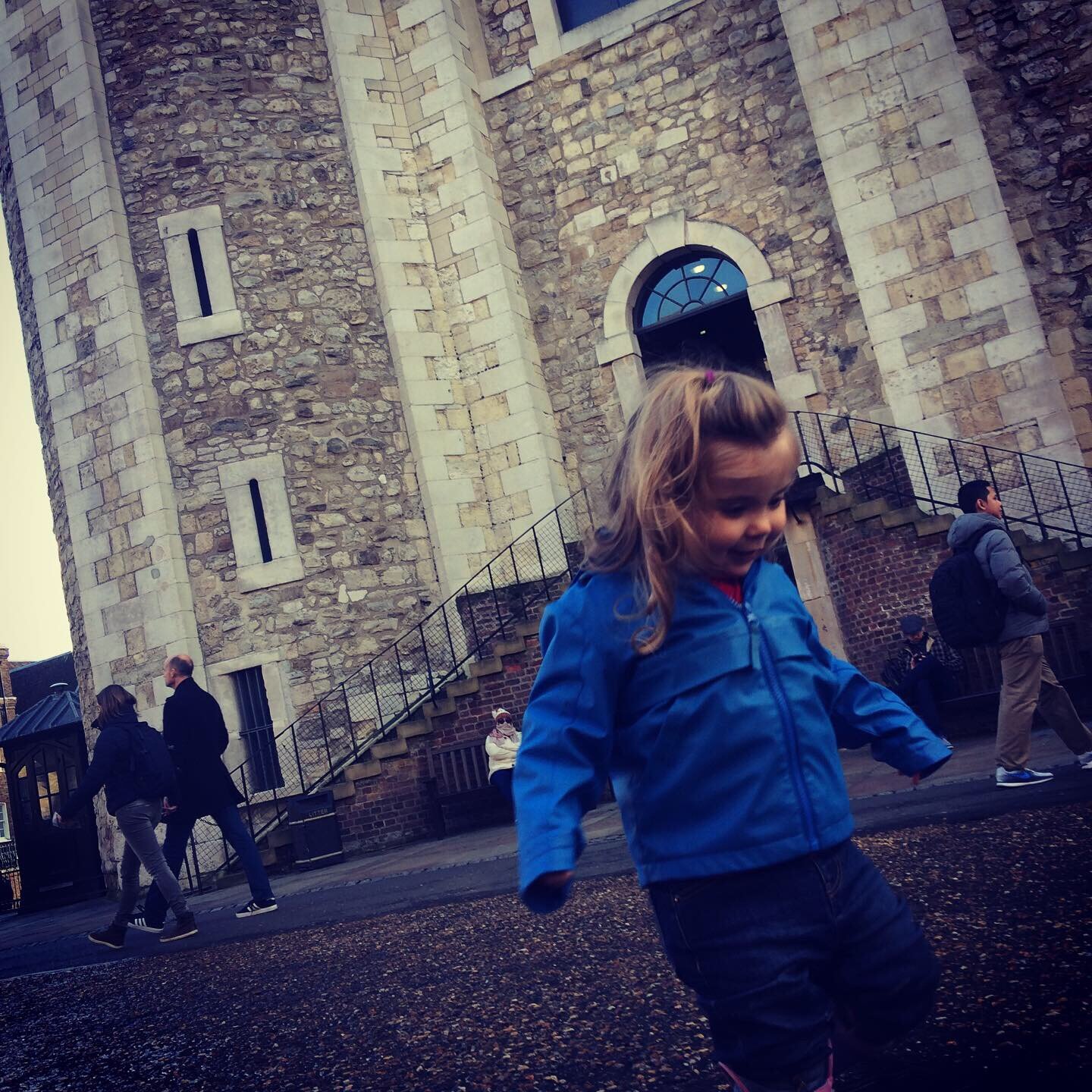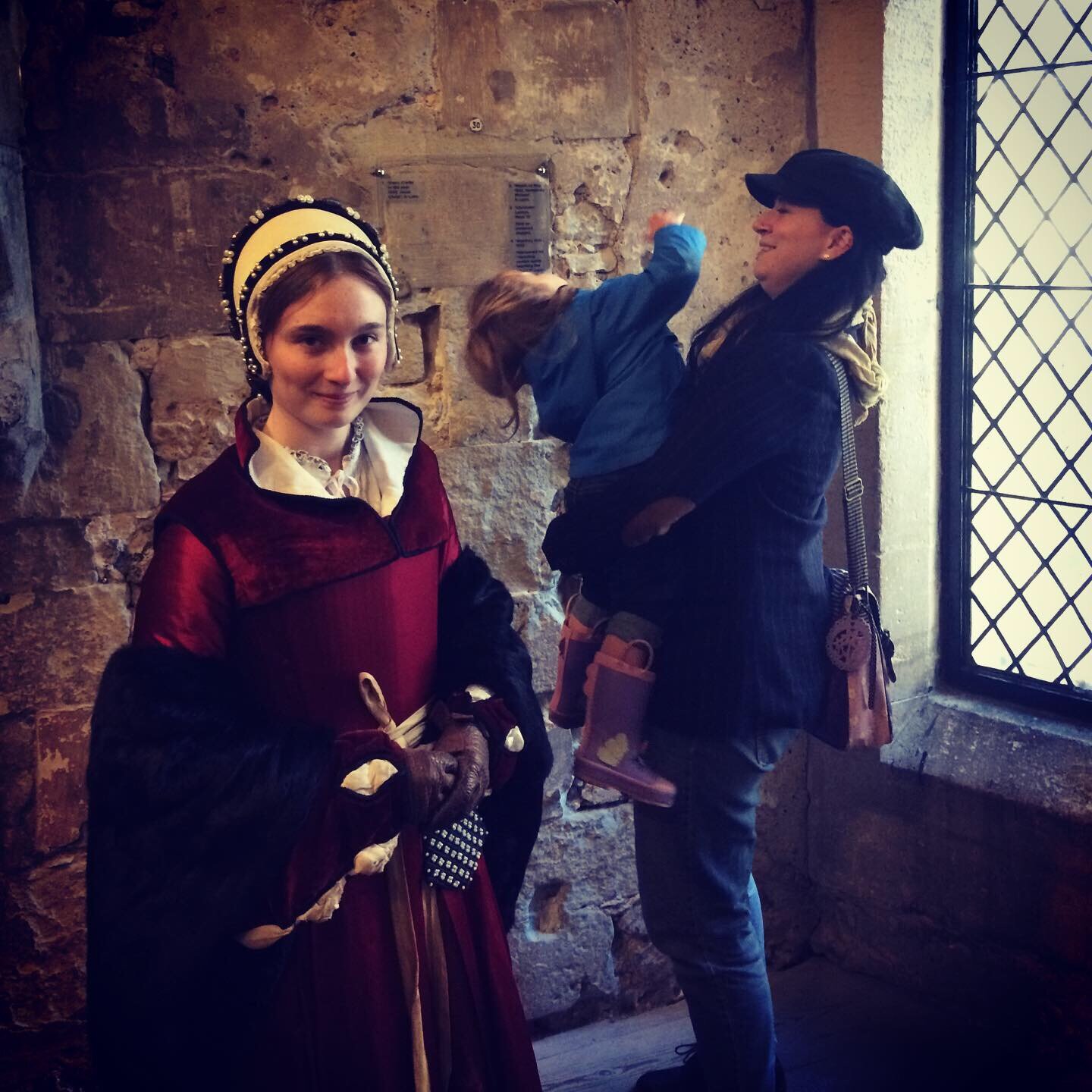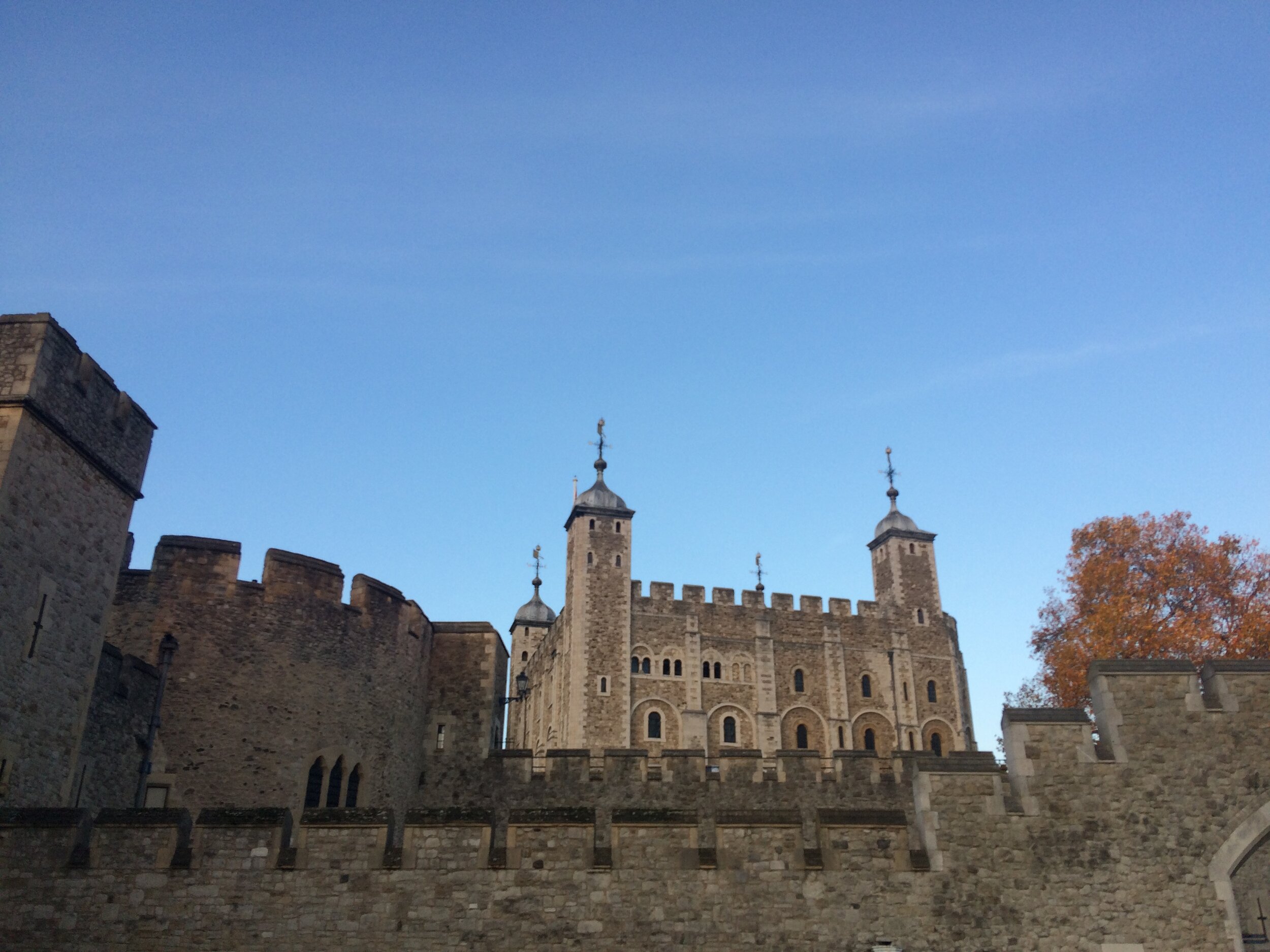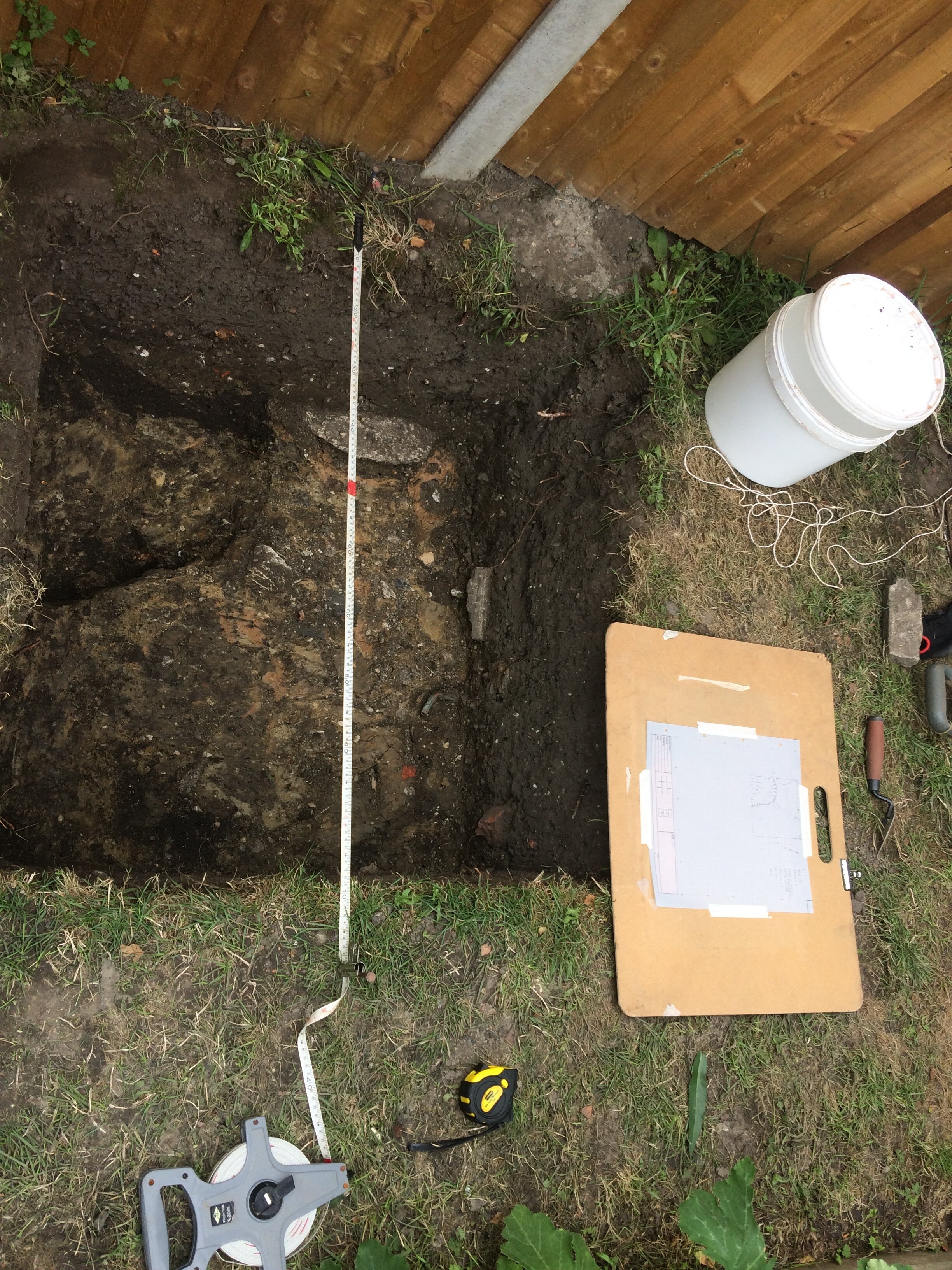We were heading deep into uncharted territory on the hunt for a prehistoric wonder with a wild and mysterious origin.
The maps were vague and uncertain; the terrain was tricky and testing. Our family unit was prepared for the worst of conditions and potential dangers, but even so, we knew this would be a true test of our adventurous resolve.
We had heard whispers of Kits Coty House and Little Kits Coty House, two megalithic ‘dolmen’ burial chambers hidden in the Kent hills. These were ancient and magnificent structures adorning the hilltops, standing proud against the test of time.
Armed with only vague references on a map and suspicious rumours from our colleagues, we packed our provisions and set out on the road. Nearing the location of this ancient wonder, we found the way to be well disguised. Our guidance restricted, maps and signposts rendered useless, we had to rely on intuition to guide us.
A few wrong turns later and we had discovered a suitable place to stow the vehicle and trek on foot. It hadn’t been easy to find a safe space to stop, but discovering a suitable lay-by; we unpacked and ventured into the unknown.
Immediately faced with some fairly treacherous obstacles, we carefully navigated dangerous highways and made it to an ancient earthen path, descending the hillside towards the open fields beyond. This was far safer terrain but we were still going in blind, there were no obvious directions available, it was a case of seek and adventure.
Kits Coty House and little Kits Coty House are megalithic long barrows which have managed to partially survive in the modern landscape. Their remains reside in open fields overlooking the North Downs and Medway Valley. Thought to have been constructed between 4000 and 3000 BC, these monuments could represent burial chambers of some of the earliest settled communities in the area. The prehistoric structures were likely to have been the focus of burial rituals, powerful, impressive symbols to celebrate the dead.
Kits Coty House is made up of three enormous Sarsen Stones, capped by a further Sarsen. These form the burial chamber of the barrow. The long earthen mound has mostly disappeared from view, a probable victim of the plough, but the Sarsen Stones remain elevated and impressive.
Kits Coty is rumoured to have gained its name from a Dark Age prince named Catigern, the son of Vortigern. According to legend, Catigern died nearby in a battle against the Saxons around 455AD.
In the 17th and 18th centuries, several esteemed antiquarians visited and studied the site including John Aubrey, William Stukeley and Edward Hasted. Each published documents and drawings of the ancient monuments, and in the 19th century, famed archaeologist Augustus Pitt Rivers and colleagues strived to have to site protected under the Ancient Monuments Protection Act 1882.
As we ventured through ancient wooded walkways, an opening appeared, and to our delight, cresting the hilltop were the astonishing Sarsen giants which made up Kits Coty House. The monument, though only a fraction of its ancient magnificence, remains awe-inspiring. The enormity of the stones and their positioning on the hillside is a worthy spectacle. Imprisoned in iron gratings for protection against overzealous potential vandals, the stones cut a lonely figure in the landscape. Ancient graffiti is testament to its age and effects through the years.
We wandered around the monument for a while, basking in its majesty, before exploring further and seeking Little Kits Coty House.
Little Kits Coty House is an intriguing collection of collapsed stones, once making up a chambered tomb. Both monuments represent a localised regional variant of the barrow style common to the River Medway. Sadly, Little Kits Coty has been long destroyed.
A curious myth surrounds Little Kits Coty House. The remains are commonly known as the Countless Stones due to a legend suggesting it is impossible to count the exact number of stones that lie on the ground. Whoever might try, would never reach the same number twice.
Sadly, we failed to discover its whereabouts. Despite our best efforts, the stones remained elusive. Upon our return, we discovered that entry to the countless stones required a dangerous dice with death walking along the highway, before a well hidden and overgrown pathway emerged, leading to the caged remains. It was not a journey I would have been comfortable to demand of my family.
Defeated by the final quest, but not deflated, we made the steady climb back to our car and began the journey home. It was time for a quick beer, snacks and refreshments in our local pub before heading back to the house for a comforting cup of tea and some careful planning. Next time we will surely have to find an alternative route to witness the Countless Stones, and the many other prehistoric monuments littering this fascinating landscape.

